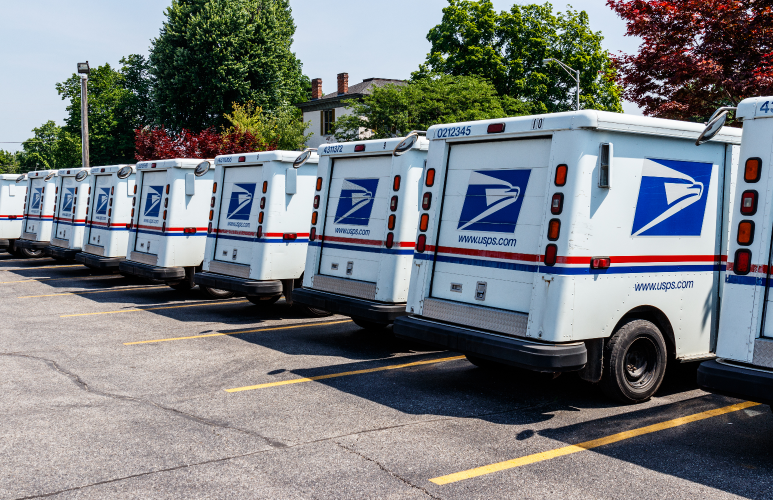
An expected rate case filing by the U.S. Postal Service (USPS) could include increases of nearly 10%. If the case is filed next week, as expected, and approved, the new rates would be implemented in July.
The potential increase cited by predicted by leaders of the Alliance of Nonprofit Mailers includes a 1.622% rate jump based on the Consumer Price Index, a “Density Adder” increase of 4.312% and a “Retirement Adder” of 1.82% for compensatory mail, which includes First-Class Mail and Marketing Mail Letters. Additionally, non-compensatory mail, which includes Marketing Mail Carrier Route and Flats, Package Services Media and Library Mail might be subject to an additional Under-Water Adder of 2%.
Nonprofit mailers might find the Density Adder increase the most paradoxical. That increase, which represents the largest single factor in a potential rate hike, is triggered based on declines in mail volume as a percentage of all addresses. However, rate increases are a factor in declining mail volume, and a big jump in mail costs might require mailers to become more targeted into their efforts, leading to further volume drops.
In arguing against the potential increases, report author and Alliance Executive Director Stephen Kearney wrote: “[a]side from the Great Recession in FY 2009 and the pandemic in FY 2020, USPS had been averaging only a loss of 2.4% of its customer base in recent years. The new USPS pricing strategy is deeply flawed. Not only is it leading to more than three times the customer losses, but it is not yielding the financial stability that the PRC sought when it administratively changed the Congressional price cap based on the Consumer Price Index.”
The potential rate increases are especially galling in light of what the Alliance reports is falling service standards. “USPS lost 9% of its monopoly customer base last fiscal year, and it officially projected a further loss of 8% in the current FY 2024,” Kearney wrote. “The cost of the long-term, mostly permanent loss of the Postal Service’s customer base far outweighs the extra compounding of rate increases and the interest earned on the idle funds. It makes complete business sense to put a hold on rate increases for monopoly mail services. Further, no real business would impose these types of price hikes at a time when it is failing so badly to deliver the level of service it promises its customers, even after lowering its standard.”

Leave a Reply